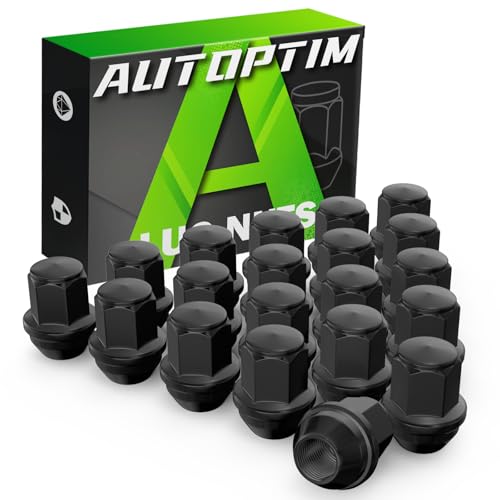K
Kit Sullivan
Guest
A couple of points I'd like to make:
While PCV valves can last a long time if kept clean, they most certainly CAN wear out. The spring prrssure is prescribed to specific engines to alliw a specificamount of vacuum through the system: too much flow and you actually suck oil out of the engine...too little flow and and you don't ventilate the crankcase selk enough. While a worn-out valve technically can cause an oil consumption issue, it almost never happens that way. Usually they get gummed up and dirty, restricting flow and leading to a sludgy motor.
Most of our applications are available from any parts store.
Oily, foamy residue around a breather is typically a sign of worn valve guides.
If you are fanatical ( like me!) Install a water-trap on your PCV vacuum line and you will trap most of the worst oily, moisture-loaded goop in the cup before it has a chance to get back into your intake system. Just dump it out and clean evdry so often.
I installed one on my 2012 F150 when it was brand new and it catches a pretty good amount of crap and moisture. I run synthetic oil, change every 4-5000 miles. Oil is like new all the time.
My stock 429 was treated much the same for many years: nothing but synthetic oil from the first oil change ( in July of '74) and changed every 3-5000 miles.
At 325,000 miles the engine ran as good ( maybe better?) than new. No ticking, smoking, or any issues. It looked new inside when we took it apart.
While PCV valves can last a long time if kept clean, they most certainly CAN wear out. The spring prrssure is prescribed to specific engines to alliw a specificamount of vacuum through the system: too much flow and you actually suck oil out of the engine...too little flow and and you don't ventilate the crankcase selk enough. While a worn-out valve technically can cause an oil consumption issue, it almost never happens that way. Usually they get gummed up and dirty, restricting flow and leading to a sludgy motor.
Most of our applications are available from any parts store.
Oily, foamy residue around a breather is typically a sign of worn valve guides.
If you are fanatical ( like me!) Install a water-trap on your PCV vacuum line and you will trap most of the worst oily, moisture-loaded goop in the cup before it has a chance to get back into your intake system. Just dump it out and clean evdry so often.
I installed one on my 2012 F150 when it was brand new and it catches a pretty good amount of crap and moisture. I run synthetic oil, change every 4-5000 miles. Oil is like new all the time.
My stock 429 was treated much the same for many years: nothing but synthetic oil from the first oil change ( in July of '74) and changed every 3-5000 miles.
At 325,000 miles the engine ran as good ( maybe better?) than new. No ticking, smoking, or any issues. It looked new inside when we took it apart.















































